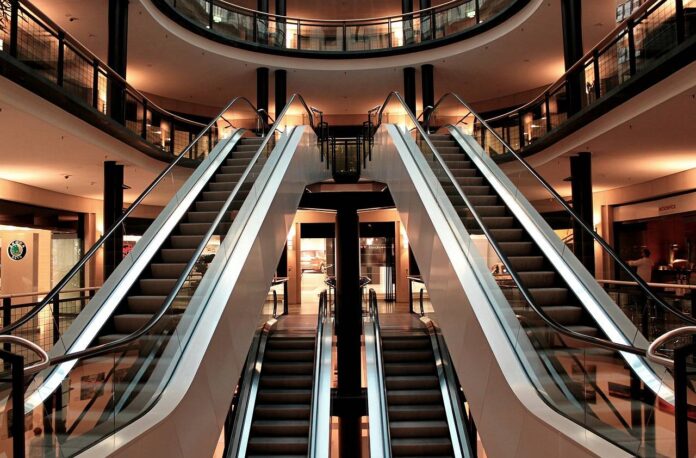Emergency lighting plays a crucial role in ensuring the safety and security of individuals during power outages or emergencies. There are two main types of emergency lighting systems: maintained and non-maintained. In this blog post, we will explore the differences between these two types of emergency lighting systems and their respective benefits. By understanding the unique features of each, you can make informed decisions when it comes to choosing the right emergency lighting for your building. Let’s dive in and uncover everything you need to know about maintained and non-maintained emergency lighting systems.
Emergency Lighting: Maintained
Maintained emergency lighting is designed to operate continuously, regardless of whether there is a power outage or not. These lights are typically used in areas where continuous illumination is required, such as stairwells, corridors, and escape routes. Maintained emergency lighting systems are connected to the mains electricity supply and also have a backup battery to ensure that they remain operational during power failures.
Emergency Lighting: Non-Maintained
Non-maintained emergency lighting is designed to only illuminate when there is a power outage or an emergency situation. These lights are commonly used in areas where regular lighting is sufficient but additional illumination is required during emergencies, such as fire exits or first aid stations. Non-maintained emergency lighting systems do not rely on mains electricity for normal operation but are powered by a backup battery that is activated during power outages.
Key Differences Between Maintained and Non-Maintained Emergency Lighting
The main difference between emergency lighting maintained non maintained lies in their operational modes – maintained lights operate continuously while non-maintained lights only illuminate during emergencies. Maintained emergency lighting requires more maintenance due to continuous operation compared to non-maintained emergency lighting which only requires periodic testing of its battery backup system.
Benefits of Each Type of Emergency Lighting System
Maintained Emergency Lighting:
- Provides constant illumination in critical areas for added safety.
- Ensures that escape routes remain well-lit at all times.
- Helps prevent panic during power outages by maintaining visibility.
Non-Maintained Emergency Lighting:
- Saves energy costs as it only operates during emergencies.
- Easy to install without requiring complex wiring.
- Requires less maintenance compared to maintained emergency lighting.
Conclusion:
Understanding the differences between maintained and non-maintained emergency lighting systems can help you make informed decisions when choosing the right type of system for your building or facility. Whether you opt for maintained emergency lighting for continuous illumination or non-maintained emergency lighting for cost-effective solution, both systems play a vital role in ensuring the safety and security of occupants during emergencies. Remember to regularly test and maintain your emergency lighting system to ensure its reliability when needed most.
Help keep news FREE for our readers
Supporting your local community newspaper/online news outlet is crucial now more than ever. If you believe in independent journalism, then consider making a valuable contribution by making a one-time or monthly donation. We operate in rural areas where providing unbiased news can be challenging. Read More About Supporting The West Wales Chronicle
























